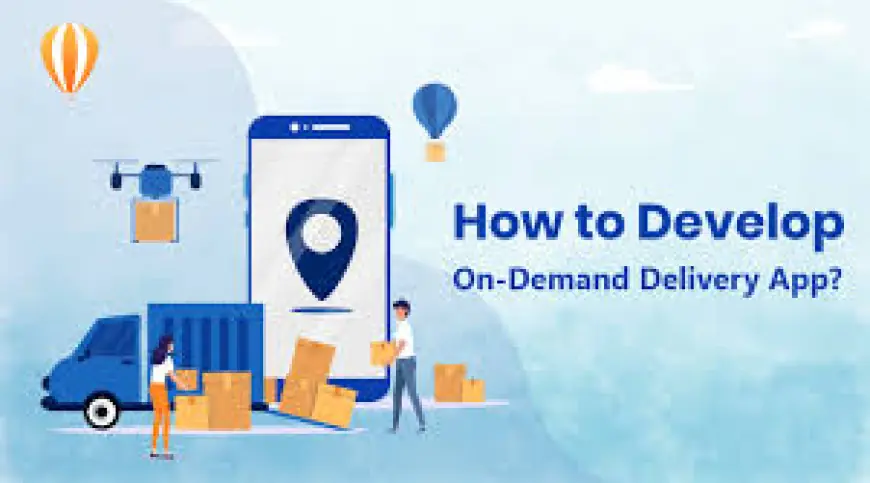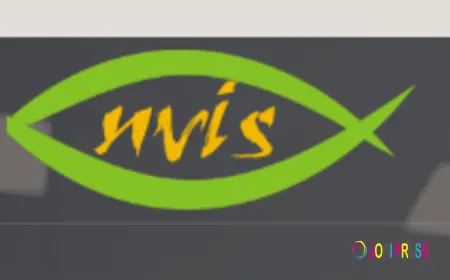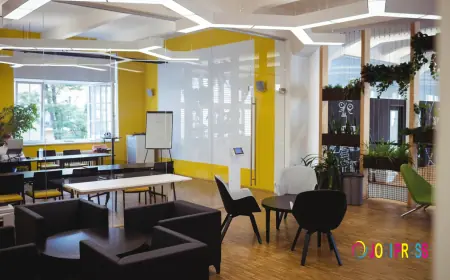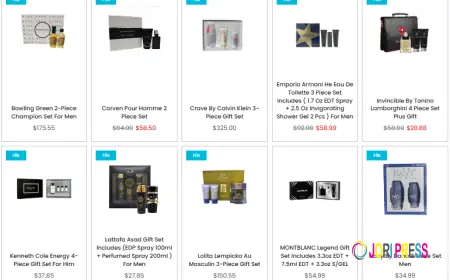How to Build an On-Demand Delivery App for Any Industry?
This guide walks you through the step-by-step process of building an on-demand delivery app tailored to any industry—be it food, groceries, medicine, or logistics. It covers everything from choosing the right tech stack and must-have features to app architecture, cost estimation, and monetization strategies. Whether you're a startup or an established business, this blog will help you launch a scalable and user-friendly delivery solution in 2025.

The demand-driven economy is thriving in 2025. Customers demand prompt, easy delivery of anything from groceries to food, medications, flowers, or even auto parts. If your company isn't already utilizing this trend, you can be losing out on significant financial gains. Meeting consumer expectations and remaining competitive in any business requires knowing how to develop an on-demand delivery software, regardless of your level of experience as an entrepreneur.
This blog covers everything you need to know to build an on-demand delivery app—from planning and key features to tech stacks, development cost, and monetization strategies.
Why Build an On-Demand Delivery App in 2025?
The shift toward digital-first lifestyles has made delivery apps a part of everyday life. According to recent reports, the global on-demand delivery market is projected to reach $600+ billion by 2025. Whether you operate in logistics, healthcare, retail, or F&B, creating a delivery app can help you:
- Increase operational efficiency
- Improve customer experience
- Generate new revenue streams
- Scale your business faster
With AI, real-time tracking, and hyper-personalization becoming standard, now is the perfect time to build an on-demand delivery app tailored to your market.
Step-by-Step Guide to Building an On-Demand Delivery App
1. Define Your Niche and Business Model
Start by identifying the industry you want to serve. Examples include:
- Food delivery (restaurants, cloud kitchens)
- Grocery delivery (supermarkets, local vendors)
- Pharmacy delivery (medicine, healthcare)
- Courier and logistics (packages, same-day delivery)
- Alcohol or flower delivery
Next, choose your business model:
- Aggregator (like Uber Eats or Instacart)
- Single-store (dedicated to one business)
- Marketplace (multi-vendor platform)
2. Plan Core Features of the App
To build a fully functional delivery app, you’ll need multiple interfaces:
Customer App Features
- Easy onboarding & login
- Browse products/services
- Real-time tracking
- In-app payments
- Order history & status
- Ratings and reviews
- Notifications
Delivery Agent App Features
- Accept/reject orders
- Navigation & optimized routes
- Availability toggle
- Order details
- Earnings dashboard
- Proof of delivery
Vendor/Admin Panel Features
- Order management
- Menu/inventory management
- Assign drivers
- Performance analytics
- Promotions & discounts
- Customer support tools
3. Choose the Right Tech Stack
Your tech stack will influence scalability, performance, and future enhancements. Here's a suggested stack to build an on-demand delivery app:
Component Suggested Technology
Frontend React Native / Flutter (cross-platform)
Backend Node.js / Django / Ruby on Rails
Database PostgreSQL / MongoDB
Cloud Hosting AWS / Google Cloud / Azure
Real-Time Tracking Google Maps API / Mapbox
Push Notifications Firebase / OneSignal
Payment Gateway Stripe / Razorpay / PayPal
For AI-driven personalization and chatbot integration, tools like Dialogflow, GPT-based APIs, or custom AI engines can elevate user experience.
4. UI/UX Design: Make It Intuitive
User experience can make or break your app. Focus on:
- Clean, minimalistic design
- One-tap actions for key features
- Seamless checkout flow
- Accessibility and multi-language support
- Responsive design across devices
Work with experienced UI/UX designers who understand mobile behavior and conversion optimization.
5. App Development & Testing
You can either:
- Hire an in-house development team
- Partner with a mobile app development company
- Use low-code/no-code platforms for MVPs
Once the core modules are developed, run multiple testing phases:
- Unit Testing
- Integration Testing
- Performance Testing
- Security Audits
- User Acceptance Testing (UAT)
6. Launch & Deployment
Prepare your app for launch on:
- iOS App Store (via TestFlight and App Store Connect)
- Google Play Store (with signed APK or AAB file)
Make sure you meet app store compliance guidelines, especially if you’re handling sensitive user data or payments.
7. Monetization Strategies
Turn your delivery app into a profitable business with these models:
- Delivery fees (flat or distance-based)
- Subscription plans (e.g., free delivery for members)
- Commission from vendors (percentage of every order)
- In-app advertising (banner ads, promoted listings)
- Surge pricing (for high-demand hours)
8. Post-Launch Strategy: Scale and Optimize
The launch is just the beginning. To grow sustainably:
- Invest in app store optimization (ASO)
- Use push notifications to retain users
- Run referral programs and loyalty campaigns
- Collect user feedback regularly
- Monitor performance metrics (delivery times, churn rate)
Analytics tools like Mixpanel, Amplitude, or Firebase can help you identify areas for improvement.
Future Trends in Delivery App Development (2025 & Beyond)
To stay ahead, consider integrating:
- AI chatbots for 24/7 support
- Voice-based ordering (Alexa, Google Assistant)
- Drone or autonomous delivery
- Blockchain for secure logistics tracking
- Hyperlocal deliveries using dark stores
These emerging technologies can give you a competitive edge and create a more frictionless experience for users.
Final Thoughts
The ability to create a customized on-demand delivery app can revolutionize your customer experience and revenue possibilities, regardless of your industry—food, retail, pharmaceutical, or logistics. By 2025, you can transform your idea into a scaled delivery app that functions across sectors with the correct strategy, technology, and partner.
What's Your Reaction?
 Like
0
Like
0
 Dislike
0
Dislike
0
 Love
0
Love
0
 Funny
0
Funny
0
 Angry
0
Angry
0
 Sad
0
Sad
0
 Wow
0
Wow
0


















































